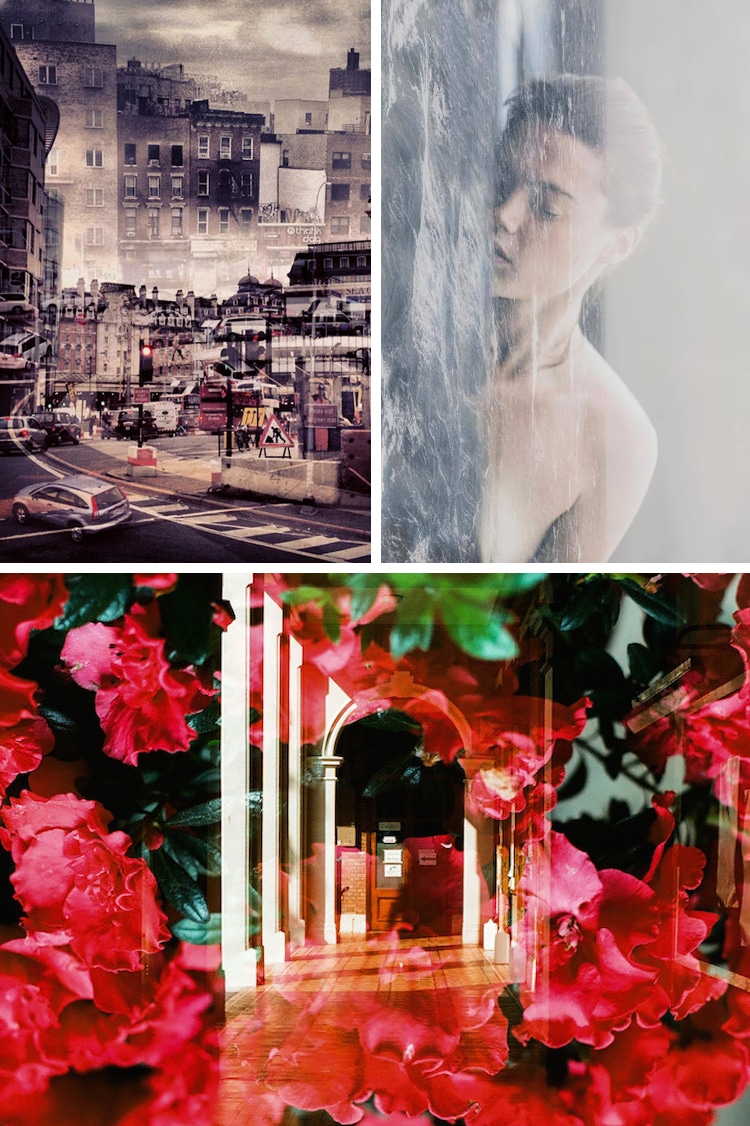
Photography is best known for its ability to faithfully document reality, and since its creation in 1839, it’s changed the way we understand the news. It doesn’t stop there, though. Shortly after its invention, photographers figured out a way to infuse some magic into their work. Known as double exposure photography, this hypnotic technique features multiple images shared a single frame; the final product is two worlds fused into one. Photographers have used multiple approaches to achieve the desired effect—applying an analog method, a digital approach, or both. Prior to the advent of digital cameras and Photoshop, this was all done within the device—a tradition that still carries on today.
History
Some of the first double exposure photos emerged during the 1860s as another source of revenue for photographers. To give their business a boost, they discovered how to make a portrait subject appear twice in a frame, as if they had an identical twin. In each of the pictures, the person was striking a different pose.
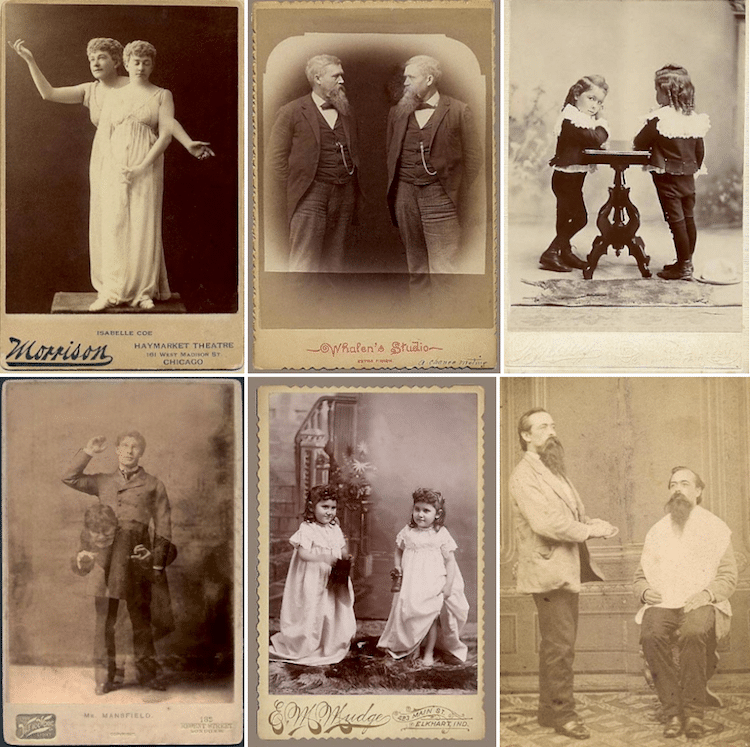
Photos: Retronaut
To capture these now-vintage images, photographers would snap a picture of the subject in one position. Then, they’d have to move into another pose before the following photo was shot. Rotating lens caps and special plates (the precursor to film) were also part of the process. The result was a playful and surreal approach to early photographs.
As photographic technology improved, so did the ability to create double exposure photographs. Nowadays, creatives have a choice when producing multiple images: analog or digital. We’ll hear how our favorite double exposure photographers create their alluring images.
Analog Approach to Double Exposure Photography
The analog double exposure method is a continuation of historic techniques. Everything is created in-camera, meaning that images are manipulated by exposing the film multiple times and not advancing to the next frame; this creates the superimposed look. There are different approaches to doing exactly this, but the results are the same—curious compositions that are full of emotion.
Hayden Williams

Camera used: Canon AE-1. Photo: Hayden Williams
Photographer Hayden Williams works in analog to produce dreamy and romantic scenes out of ordinary moments. Thanks to the double exposure approach, the layered colors and textures hold more meaning together than if they were photographed individually.
Although his images appear spontaneous, Williams plans everything out. “I would say [this] is crucial in taking good multiple exposures,” he told us in 2015. “You have to think about how the pieces of light, color, and shadows fuse together to form a new whole. I usually have a very specific image in mind when I take them.”
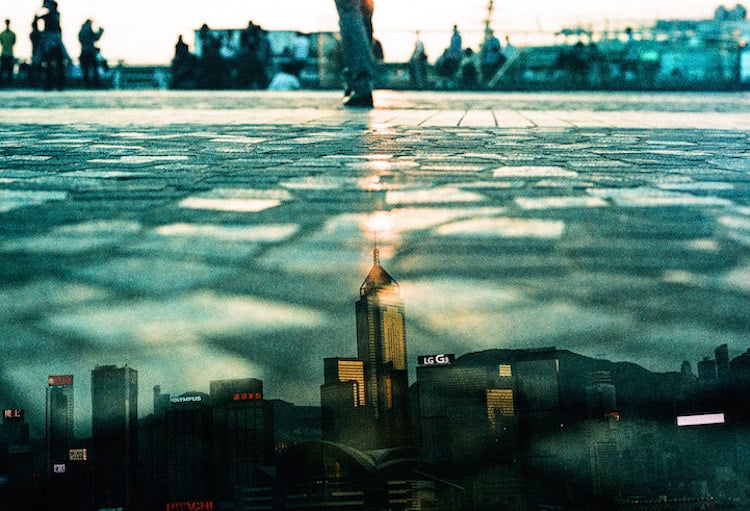
Photo: Hayden Williams
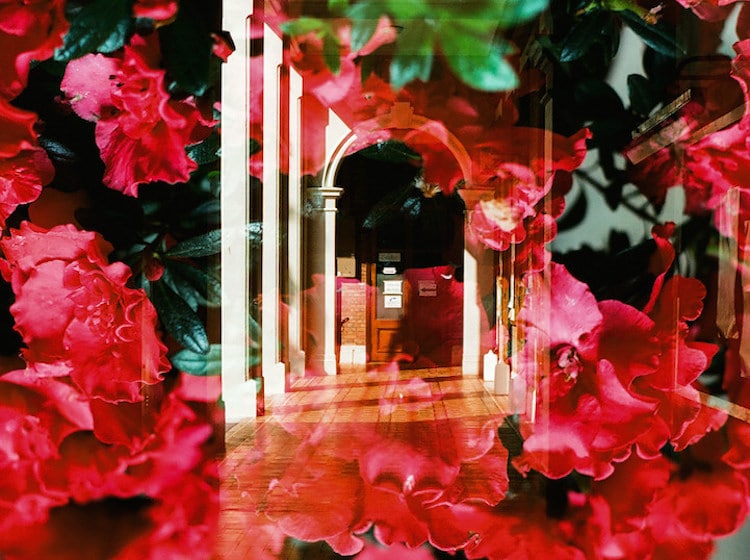
Photo: Hayden Williams
A big part of Williams’ process is finding the right shot. “Sometimes I’ll take the first exposure, then wait days before taking the second because I’m hunting for the right exposure. I think the longest I’ve gone between shots is almost two weeks.” But, it’s still a risk. “Sometimes the shot I was ecstatic for turns out pretty lackluster, but just as frequently, shots will amaze me with how well they turned out, and that’s what keeps me going.”
Christoffer Relander

Photo: Christoffer Relander
Christoffer Relander also offers us some insight to his process. His latest series called Jarred & Displaced uses double exposures to “place” real landscapes into small jars. As he shoots these types of photos, he tends to overexpose the background in-camera, with some extra gear involved. “When I started, I used natural light only, typically with my subject in a shadow standing against a bright cloud,” he tells us in an email. “Nowadays I often use various external light setups.”
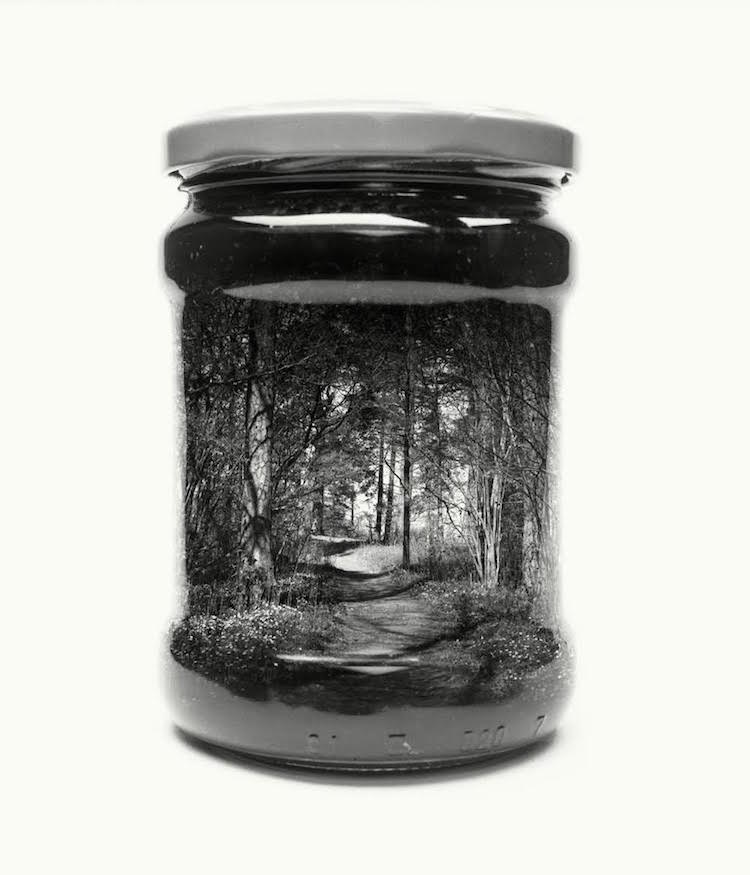
Photo: Christoffer Relander
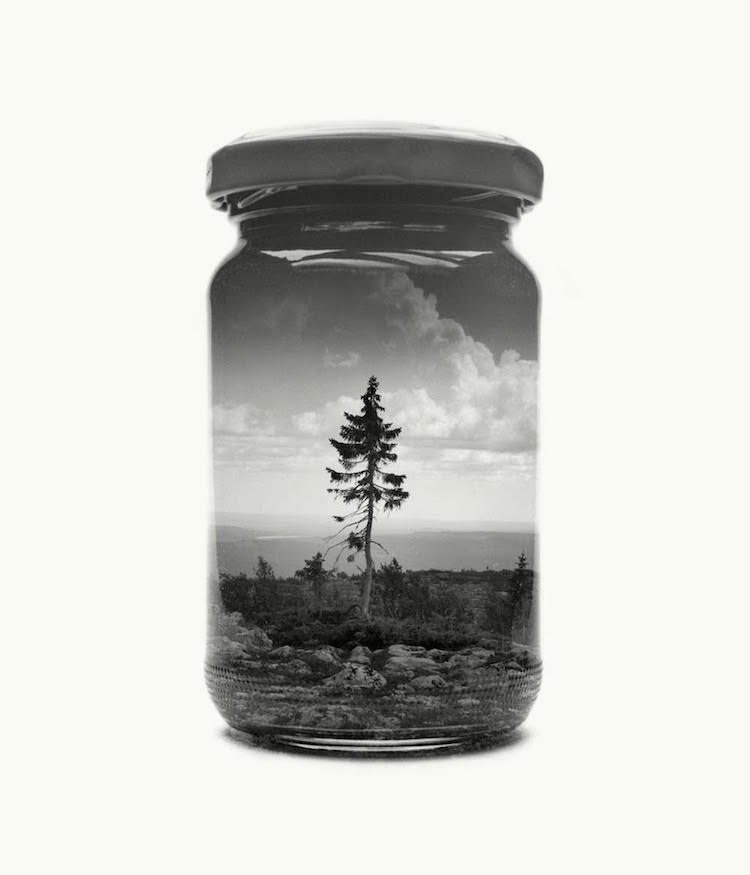
Photo: Christoffer Relander
Analog vs. Digital
So, why digital over analog? In a time when the computer is king, working manually is a deliberate choice. Williams succinctly sums it up—it’s fun! “Film has a texture–an emotion–that digital will never be able to recreate,” he explains. “Film, of course, has its flaws and imperfections, but that gives it life, unlike the sterility of digital. These imperfections, to me, only make shooting film that much more perfect.”
Relander enjoys the finality of it. “What I love about doing multiple exposures in-camera vs digitally in external software is the beauty in the process,” he writes. “The double exposure is as good as finished once the shutter is pressed. In an external software it’s very difficult for me to decide when it’s finished, eventually, it gets overdone.”
Tips for Creating Analog Multiple Exposures
Relander has advice if you want to make analog double exposures. One is to try medium format film. “Most film has wide dynamic range, therefore, I tend to choose the ones with a smaller one as it’s then easier to overexpose.”
Another tip is to monitor your light. “When I shoot on film I alway bring a light meter, preferably spot metering. When shooting digitally I view the histogram for optimal contrast.” For gear, he recommends anything from a pinhole camera. “I personally use a Mamiya RB67 Pro SD when shooting on film.” But, it all comes down to personal preference. “As long as it allows you to easily double expose and most importantly you feel comfortable using it.”
Here’s a short film that takes us inside Relander’s process:
Awesome Cameras has created a step-by-step guide for working with an SLR device:
Get inspired by other photographers who manually produce multiple exposure photos:
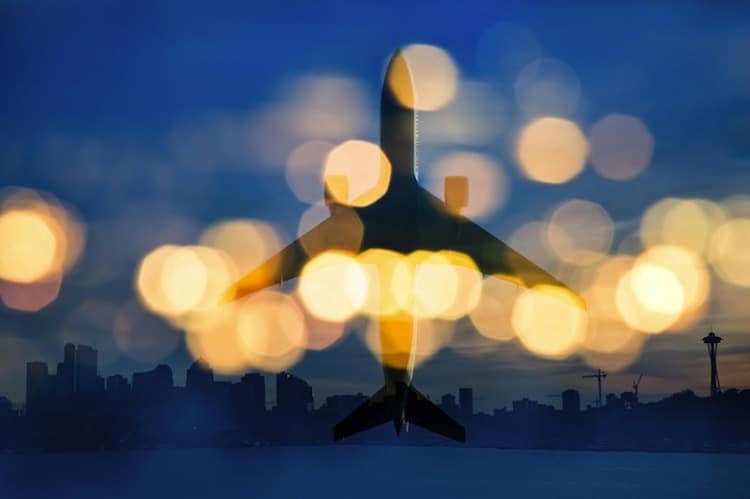
Photo: Marcus Yam
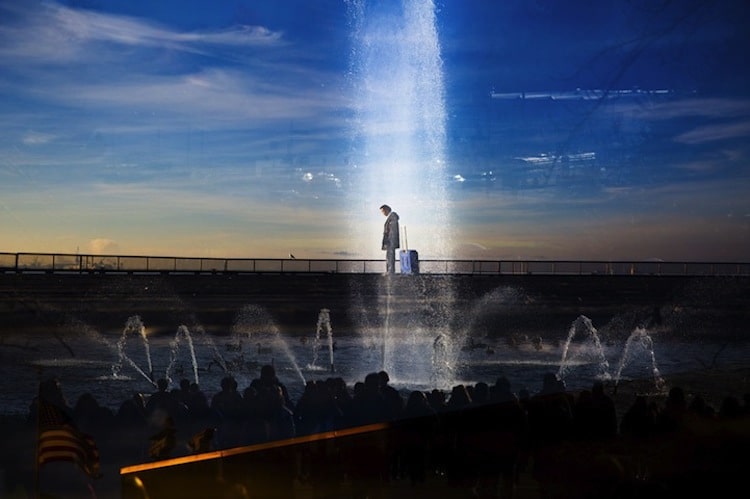
Photo: Marcus Yam
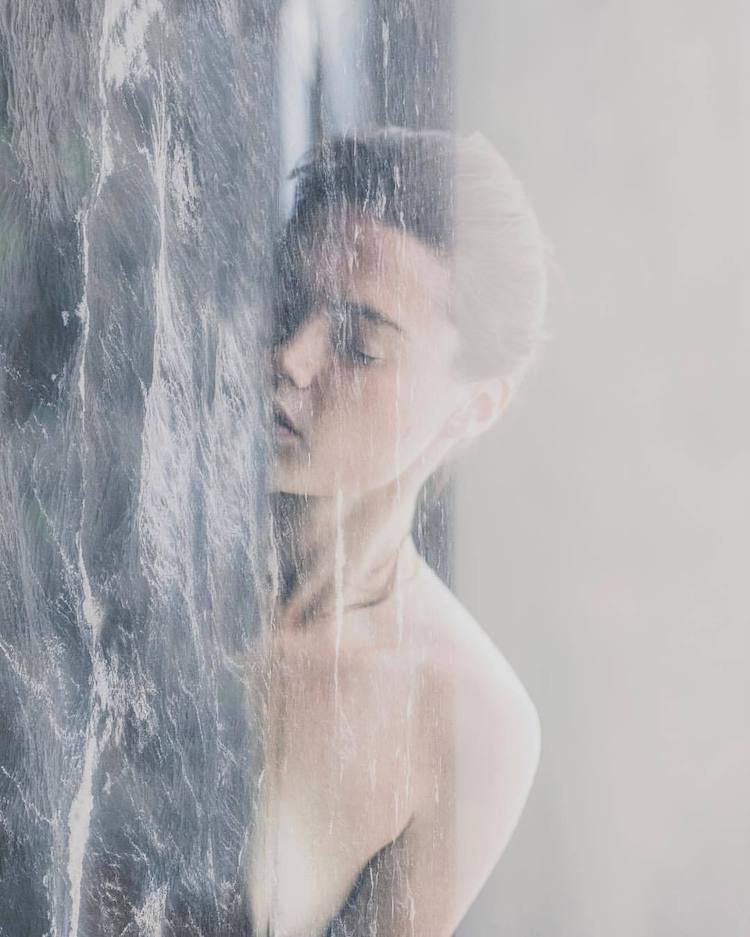
Photo: Luke Gram
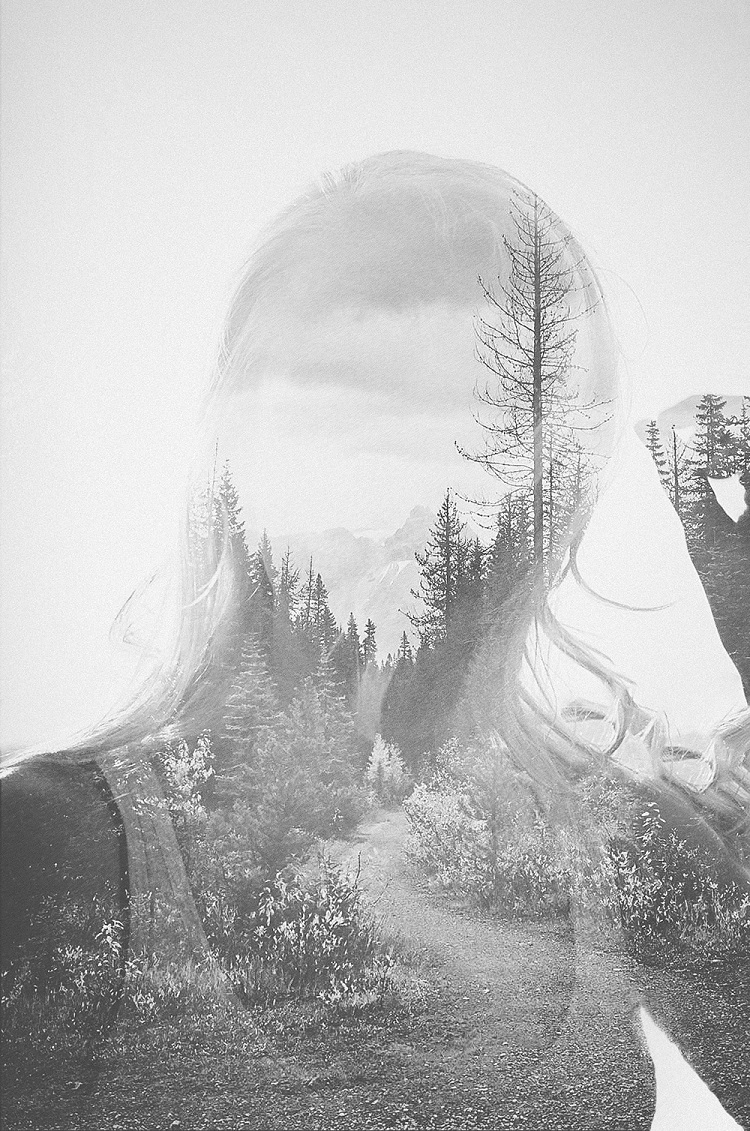
Photo: Luke Gram
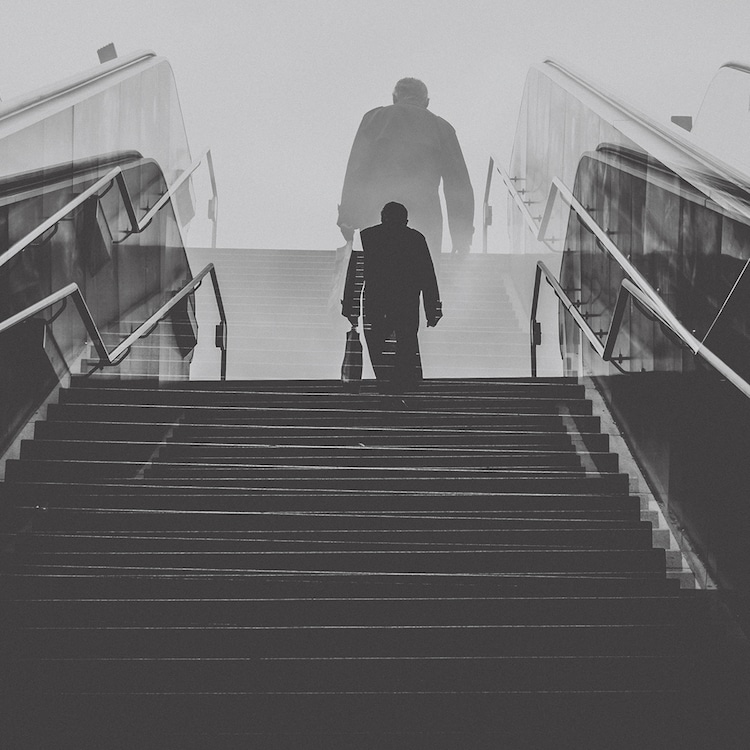
Camera: Fuji X-Pro 1. Photo: Martin Dietrich

Photo: Martin Dietrich
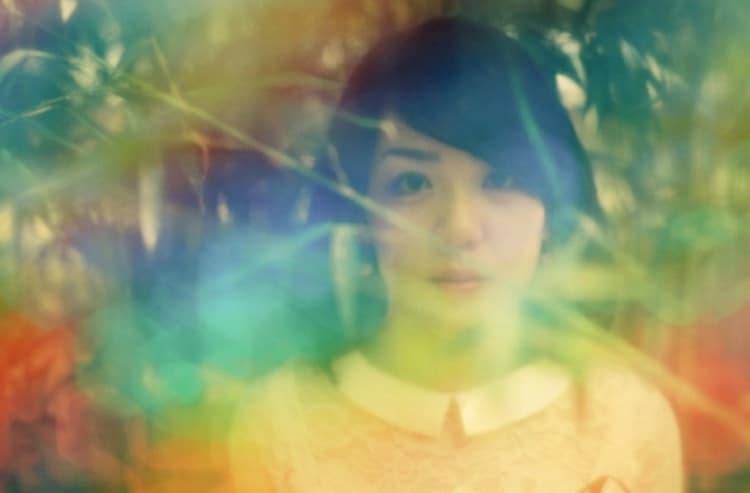
Photo: Takeshi Suga
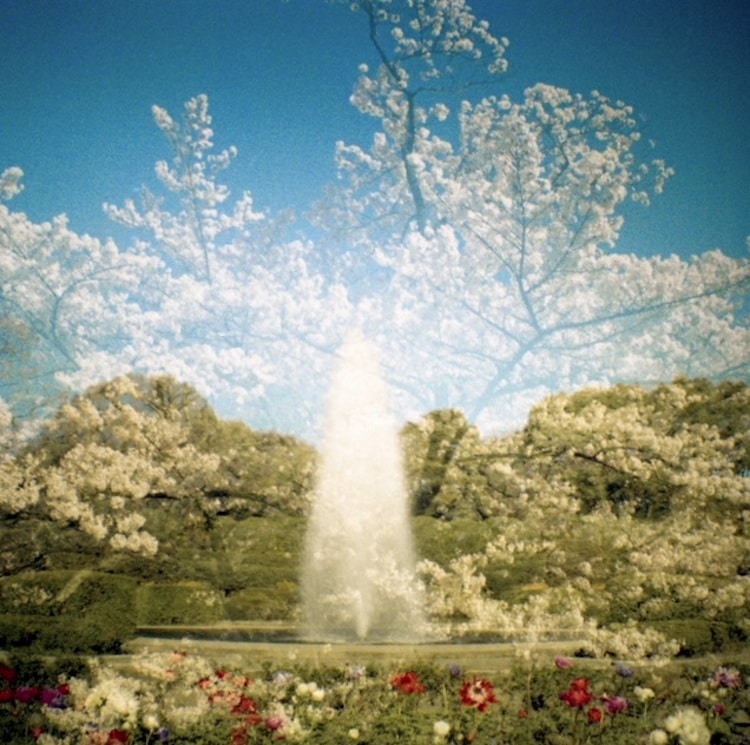
Photo: Takeshi Suga
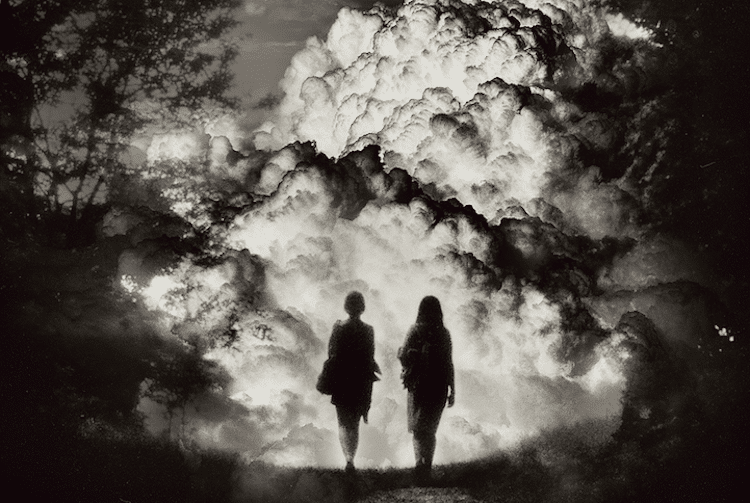
Photo: Alison Scarpulla
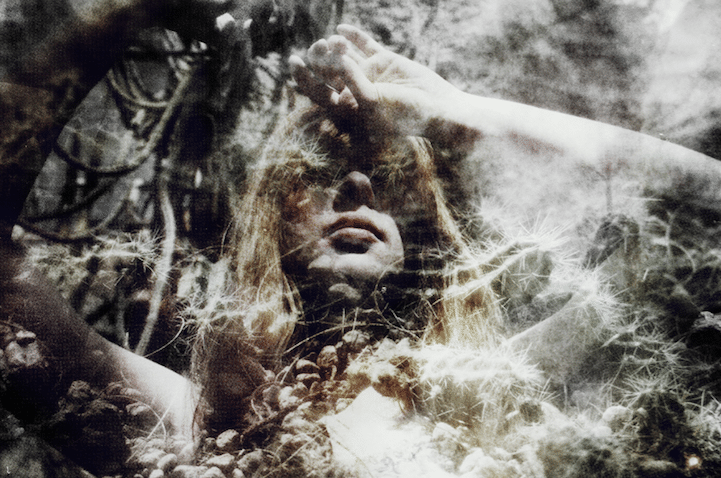
Photo: Alison Scarpulla
